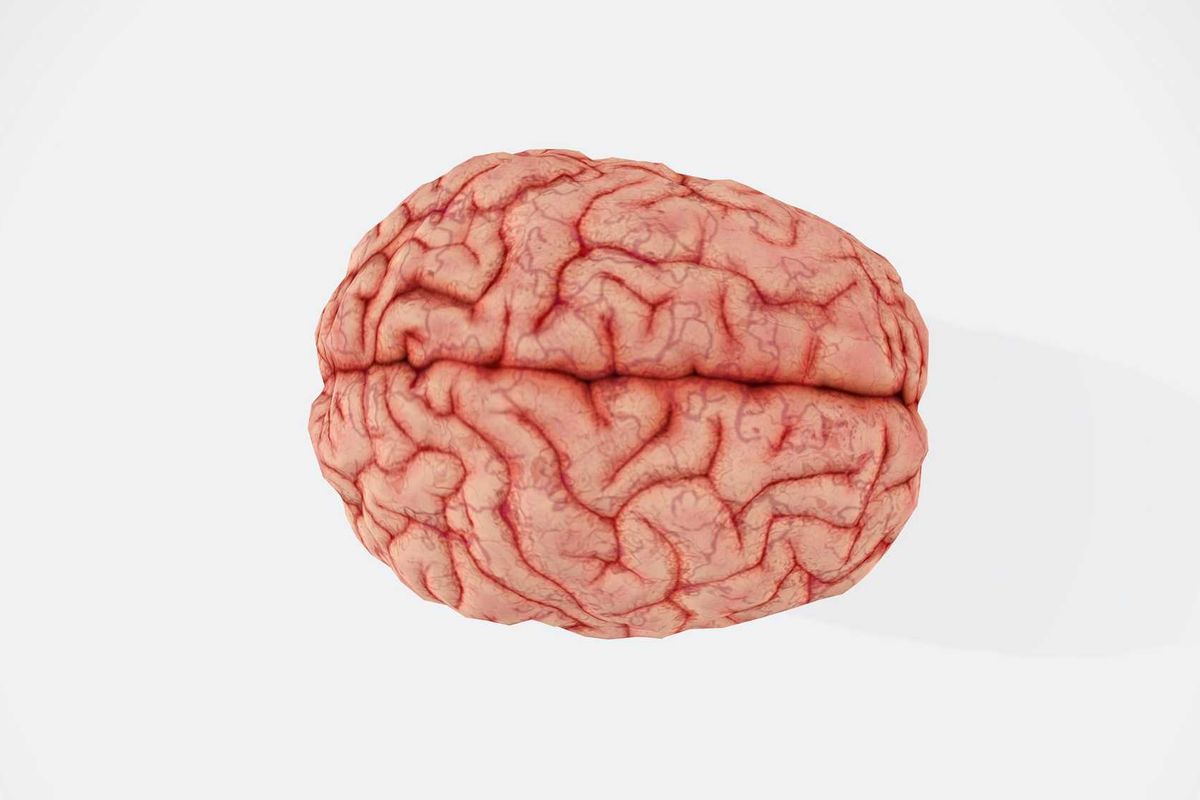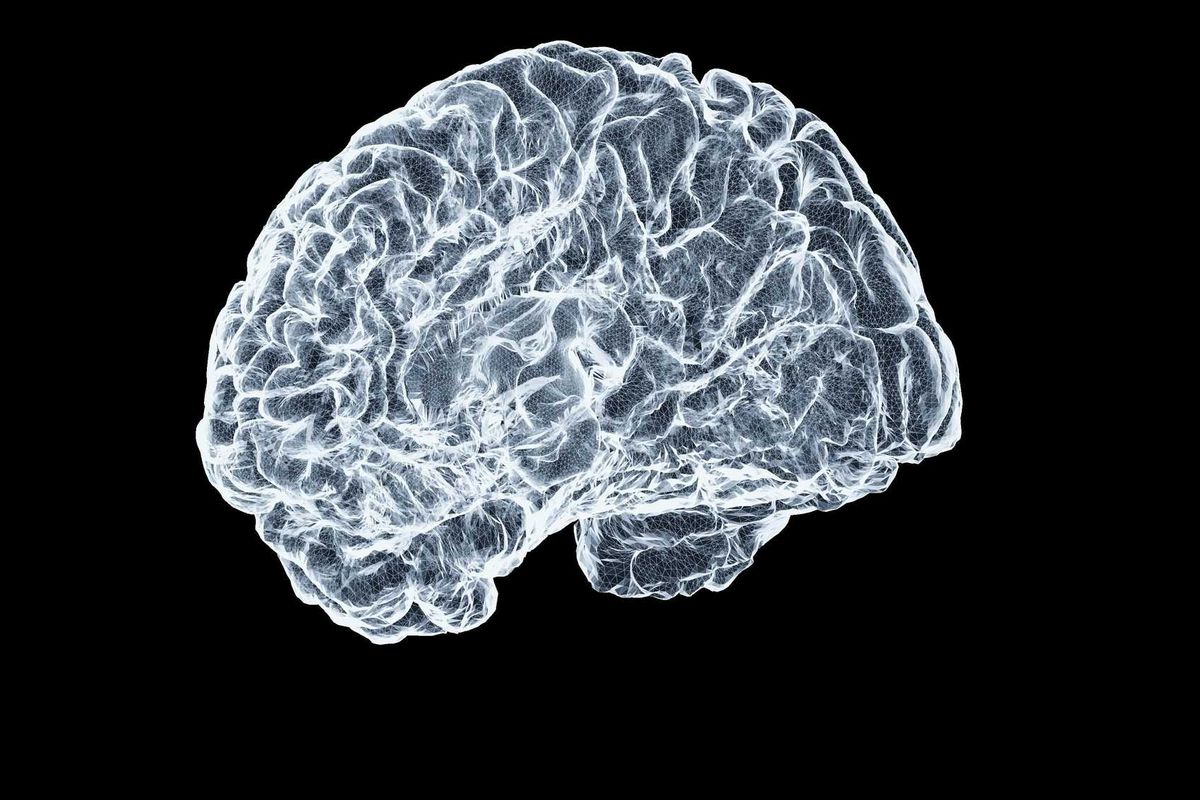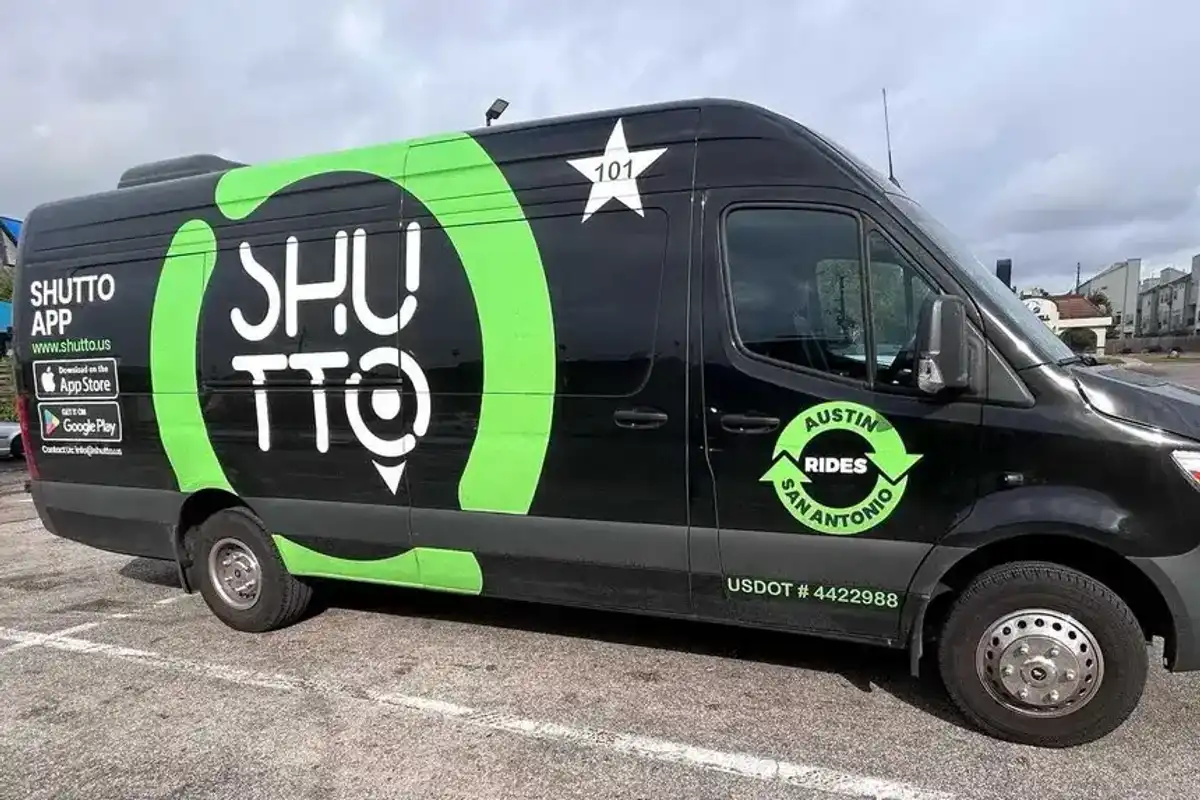Houston VC funding surged in 2024, fueled by major Q4 activity
by the numbers
The venture capital haul for Houston-area startups jumped 23 percent from 2023 to 2024, according to the latest PitchBook-NVCA Venture Monitor.
The fundraising total for startups in the region climbed from $1.49 billion in 2023 to $1.83 billion in 2024, PitchBook-NVCA Venture Monitor data shows.
Roughly half of the 2024 sum, $914.3 million, came in the fourth quarter. By comparison, Houston-area startups collected $291.3 million in VC during the fourth quarter of 2023.
Among the Houston-area startups contributing to the impressive VC total in the fourth quarter of 2024 was geothermal energy startup Fervo Energy. PitchBook attributes $634 million in fourth-quarter VC to Fervo, with fulfillment services company Cart.com at $50 million, and chemical manufacturing platform Mstack and superconducting wire manufacturer MetOx International at $40 million each.
Across the country, VC deals total $209 billion in 2024, compared with $162.2 billion in 2023. Nearly half (46 percent) of all VC funding in North America last year went to AI startups, PitchBook says. PitchBook’s lead VC analyst for the U.S., Kyle Stanford, says that AI “continues to be the story of the market.”
PitchBook forecasts a “moderately positive” 2025 for venture capital in the U.S.
“That does not mean that challenges are gone. Flat and down rounds will likely continue at higher paces than the market is accustomed to. More companies will likely shut down or fall out of the venture funding cycle,” says PitchBook. “However, both of those expectations are holdovers from 2021.”
- Houston company secures $100M for 'world’s largest geothermal energy plant' ›
- 14 Houston startups start 2025 with fresh funding ›
- Here's what Houston startups have raised in funding so far in 2024 ›
- After trending up all year, Houston VC activity drops in Q3 ›
- Report: Amid difficult market, Houston sees uptick in VC funding ›
- PitchBook VC data shows Texas female-founded companies raised billions in 2024 - InnovationMap ›





